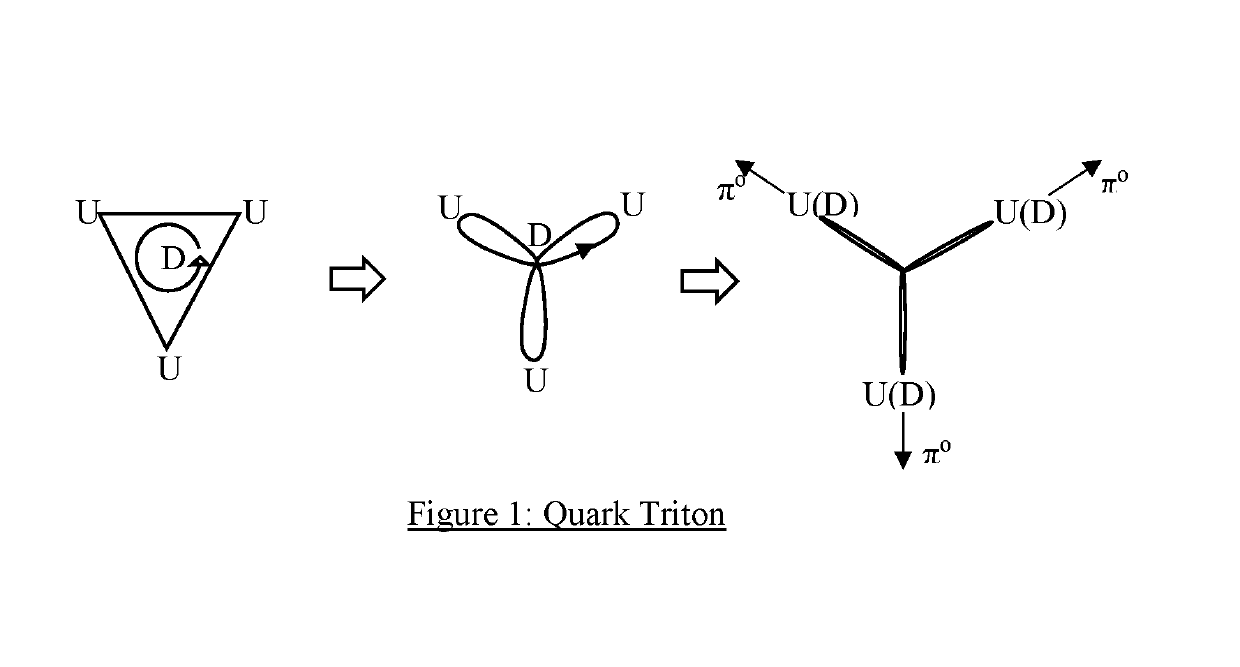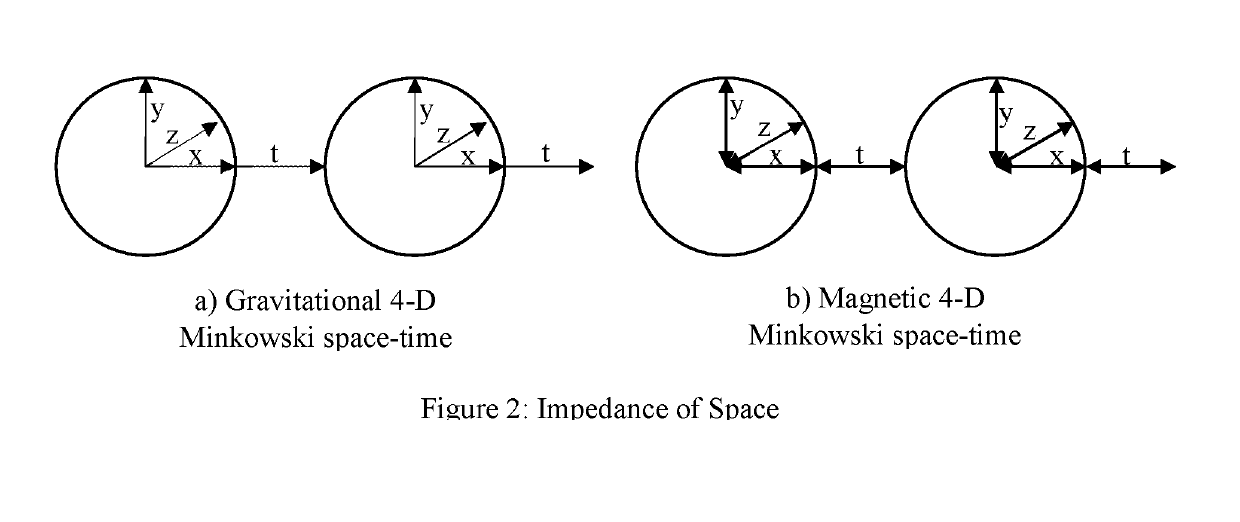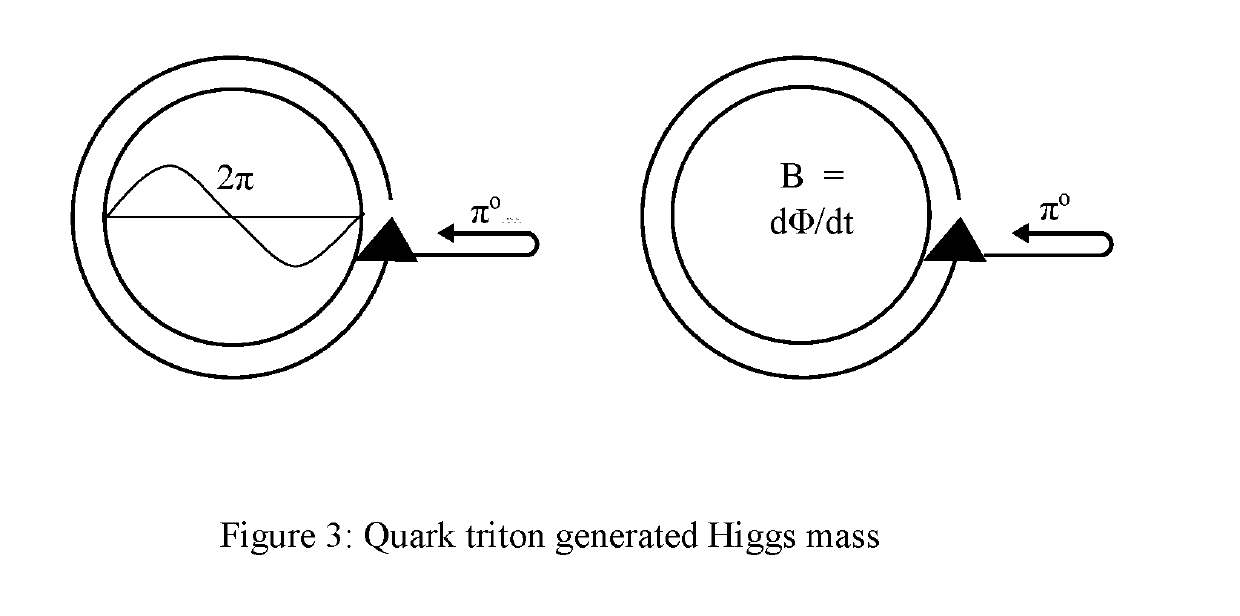Controlled Pion - Electron Interactions to Produce: 1) Electricity (Claim 1); 2) Coherent Gamma Ray Beam (Claim 2); and 3) Proton to Neutron Transmutations (Claim 3)
a technology of electron interactions and pionelectrons, which is applied in the direction of nuclear targets, nuclear reactors, greenhouse gas reduction, etc., can solve the problems of a bit more difficult to deal with the size/density parameters, the 12-spin, and the mass of the particle, so as to reduce the overall efficiency, reduce the loss of entropy, and the effect of relatively efficien
- Summary
- Abstract
- Description
- Claims
- Application Information
AI Technical Summary
Benefits of technology
Problems solved by technology
Method used
Image
Examples
Embodiment Construction
: As explained in the Background of the Invention and Summary of the Disclosure sections, a nuclear-atomic-gravitational framework was derived, showing that these domains are coincident energy constructs with stable non-statistical ground states separated by Sommerfeld's a fine structure constant density ratio, that particles are 2π wave function energy constructs operating in 4-D space-time as particles in a stable light speed resonance between 4-D space-time constructs and field energy forms (i.e. Wave-Particle Duality). Based upon this framework, the component energies of the proton were broken down into the simplest composite constructs that met the framework requirements. Einstein's 4-D Minkowski space-time was modified to incorporate EM fields, depicted in FIG. 2 as bi-directional Magnetic 4-D Minkowski space-time in which Einstein's points of space are uoco impedance point-pairs that can operate as ↑↑ positive, ↑↓ neutral, and ↓↓ negative field energy.
[0085]The proton Up, Up ...
PUM
 Login to View More
Login to View More Abstract
Description
Claims
Application Information
 Login to View More
Login to View More - R&D
- Intellectual Property
- Life Sciences
- Materials
- Tech Scout
- Unparalleled Data Quality
- Higher Quality Content
- 60% Fewer Hallucinations
Browse by: Latest US Patents, China's latest patents, Technical Efficacy Thesaurus, Application Domain, Technology Topic, Popular Technical Reports.
© 2025 PatSnap. All rights reserved.Legal|Privacy policy|Modern Slavery Act Transparency Statement|Sitemap|About US| Contact US: help@patsnap.com



